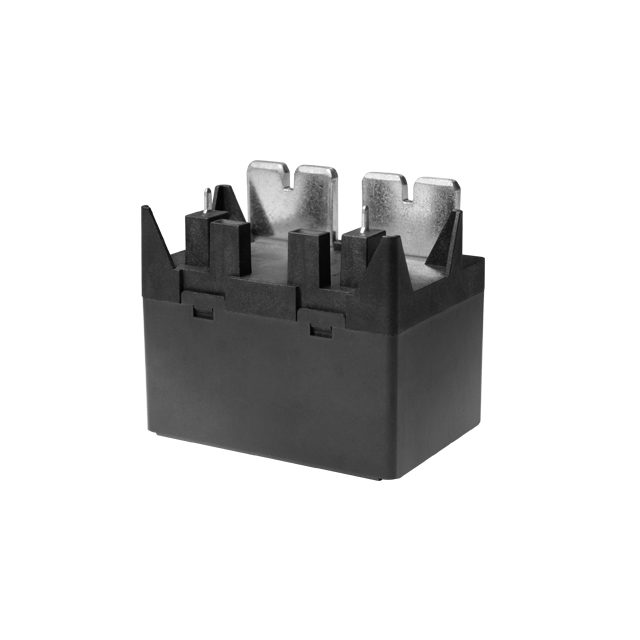understanding relay safety features: essential protection for electrical systems
Release time:2025-11-11 06:09:33
Relays play a crucial role in electrical systems, offering protection and control for a wide range of applications. Whether it's in industrial, residential, or commercial settings, the safety of electrical circuits is paramount, and relays are one of the most important components that help ensure this safety. Relay safety features are designed to detect anomalies in electrical circuits and provide timely responses, preventing damage to equipment and safeguarding human life. This article will explore the various safety features of relays and their importance in modern electrical systems.

1. Overload Protection
Overload protection is one of the most essential safety features of relays. Electrical circuits and devices are rated for specific maximum currents, and exceeding these limits can cause overheating, damage, or even fire. Relays with overload protection sense when the current flowing through a circuit exceeds its safe limit. Once this threshold is reached, the relay will disconnect the circuit, thereby preventing potential damage to both the electrical components and surrounding infrastructure. Overload protection is particularly important in applications such as motors, transformers, and other machinery that require a steady current to function optimally.

